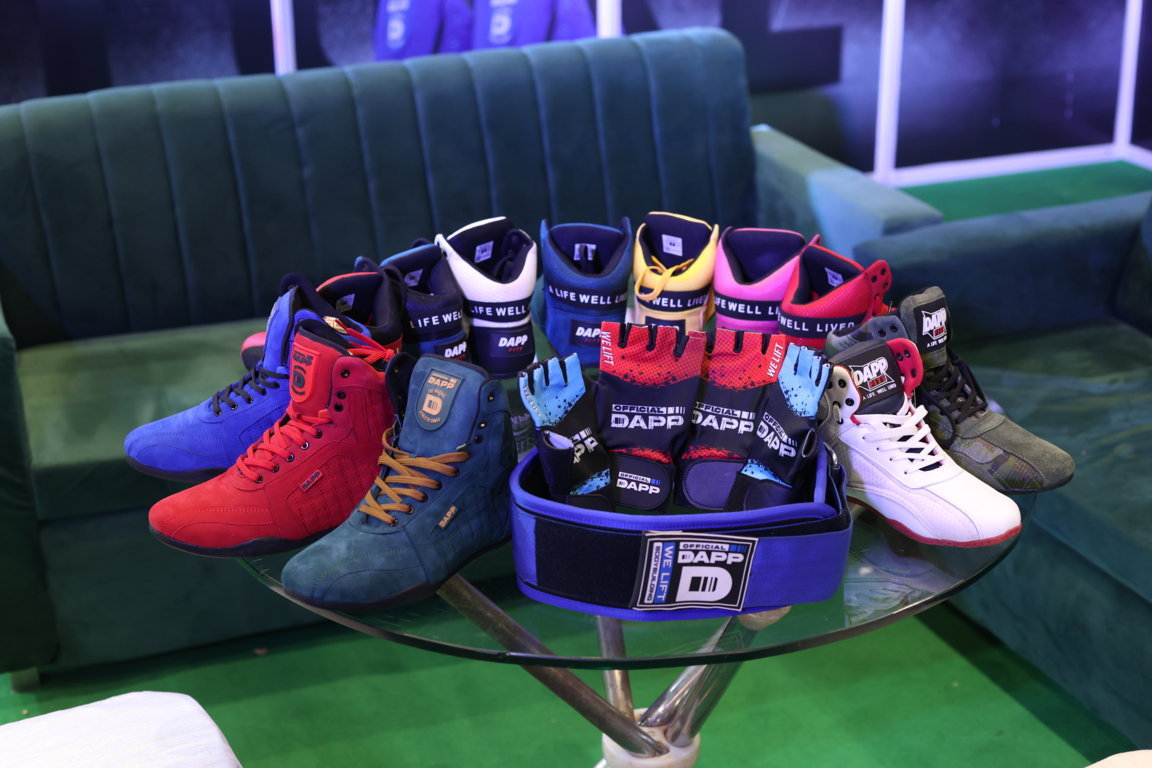Weightlifting and powerlifting are serious sports. When you're lifting heavy weights, your entire body's pressure is transferred through your feet. That’s why choosing the right shoe isn't just about comfort — it’s about safety and performance.
What Happens When You Lift in Normal Shoes?
-
Soft Soles:
Regular running shoes or sneakers are designed with soft, cushioned soles. When you lift heavy, the cushion compresses, making your base unstable.
The result?
-
Higher risk of injuries
-
Lack of balance during lifts
-
Poor Stability:
Running shoes are built for forward movement, not for holding heavy loads. In lifting, you need a flat and rock-solid platform. Without it, your knees and ankles can shift into unsafe positions. -
Bad Posture:
When your shoe base is unstable, your body alignment suffers. This can lead to poor form during squats, deadlifts, snatches — increasing the risk of long-term injuries.
Why You Need Weightlifting Shoes
-
Hard, Flat Sole:
Weightlifting shoes have a hard and flat base that provides maximum ground contact and stability. -
Raised Heel:
They feature a slightly raised heel (usually 0.5 to 1 inch) which helps you achieve deeper squats and better ankle mobility. -
Superior Grip:
The outsole of a lifting shoe is designed for perfect grip — keeping you planted firmly during every lift. -
Secure Fit:
The structure of a lifting shoe locks your foot tightly in place, eliminating unnecessary movement and giving you better control.
Conclusion
If you’re serious about your lifting journey, investing in proper weightlifting shoes is a smart move.
Whether you're a beginner or an advanced athlete, lifting in the wrong shoes is a mistake that can lead to injuries and slow progress.
Protect yourself. Lift stronger. Perform better — all with the right shoes.




